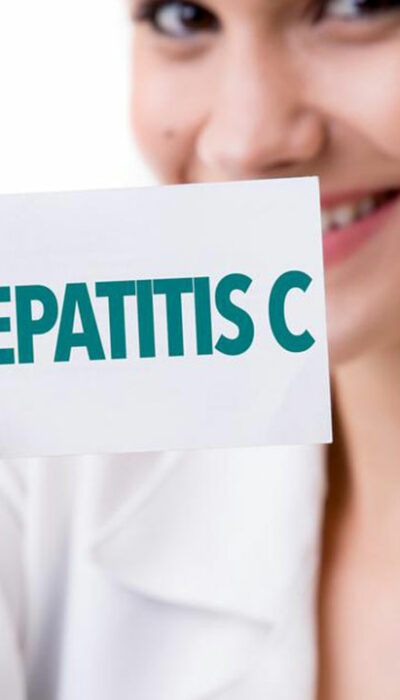
10 Common Signs of Liver Damage That You Should Be Aware Of
The liver is one of the vital organs in our body. Located in the upper right part of the abdominal cavity, the liver performs multiple functions and plays a significant role in ensuring the metabolic processes are carried out by the body. Functions of the liver The main function of the liver is to filter the blood coming in from the digestive tract, before the blood moves to the rest of the body. The liver is a detoxifying organ. A lot of toxins get into our body through the food we ingest. The liver detoxifies the chemicals and metabolizes drugs. Bile, an enzyme that is needed to break down the fats, is secreted by the liver. The liver also synthesizes proteins that are needed for blood clotting and other important functions. Conditions that damage the liver Like other organs, the liver is also prone to infections. Conditions that affect the liver are hepatitis, cirrhosis, liver cancer, liver failure, ascites, primary biliary cirrhosis, gallstones, hemochromatosis, and primary sclerosing cholangitis. Common liver damage signs Low platelet count When you accidentally cut your hand, the blood flows stop and its clots. It is the function of the platelets to help in clotting. Platelets are minute, disk-shaped cell fragments in the bloodstream that help the blood to clot. If a person suffers from liver damage, one of the signs is that his/her platelet count would bound to be low. Medically, this condition is known as Thrombocytopenia. A complete liver study is accomplished through a blood test and a low platelet count is one of the key liver damage signs. Nausea Nausea is a sensation where there is an urge to vomit. Persistent nausea not only causes discomfort but can also be debilitating. When the liver malfunctions, nausea occurs. Nausea is one of the first liver damage signs, along with lethargy and fatigue.










